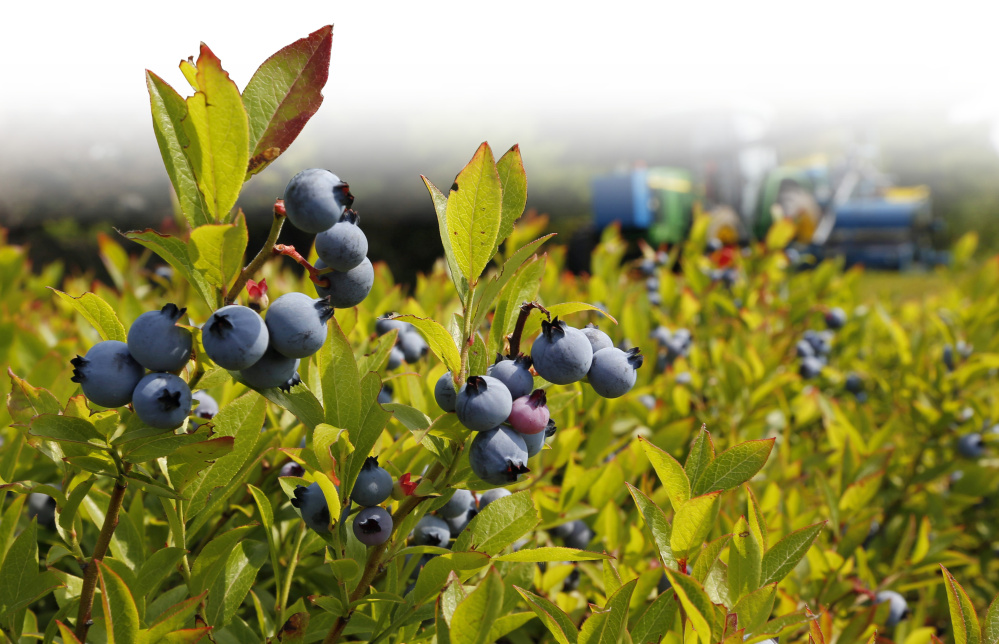Maine’s wild blueberry crop was better than expected this year despite a drought that has hit some sectors of New England agriculture hard, and consumers could benefit from the heavy supply.
Maine, which is by far the largest wild blueberry-producing state in the country, most likely hit its five-year average of about 93 million pounds of blueberries this summer, said Nancy McBrady, executive director of the Wild Blueberry Commission of Maine.
Growers normally welcome a big crop. But blueberry prices have been somewhat low in recent years, and this summer’s big supply could add to that trend.
“This is proving to be a problem on the selling end of things,” said Ed Flanagan, chief executive officer of Wyman’s of Maine. “There is a lot of supply being offered right now. And it’s weighing prices down.”
That’s good news for consumers, especially if it holds down market prices beyond the current season as some growers and processors fear.
The wild blueberry industry has struggled recently with oversupply and competition from the Atlantic Canadian provinces, which also produce wild blueberries. Canada’s dollar has been weaker and its blueberry prices lower than America’s recently. The federal government has even stepped in, spending about $13 million to buy up some of the surplus crop this year. The wild blueberry industry is coming off back-to-back huge crops of more than 100 million pounds in the past two years. McBrady said improvements to irrigation and a strong year for pollination buoyed Maine’s crop this year.
Wild blueberries are not as well known to consumers as the fatter cultivated blueberries, but they are commonly available in frozen food sections of grocery stores.
Send questions/comments to the editors.



Success. Please wait for the page to reload. If the page does not reload within 5 seconds, please refresh the page.
Enter your email and password to access comments.
Hi, to comment on stories you must . This profile is in addition to your subscription and website login.
Already have a commenting profile? .
Invalid username/password.
Please check your email to confirm and complete your registration.
Only subscribers are eligible to post comments. Please subscribe or login first for digital access. Here’s why.
Use the form below to reset your password. When you've submitted your account email, we will send an email with a reset code.